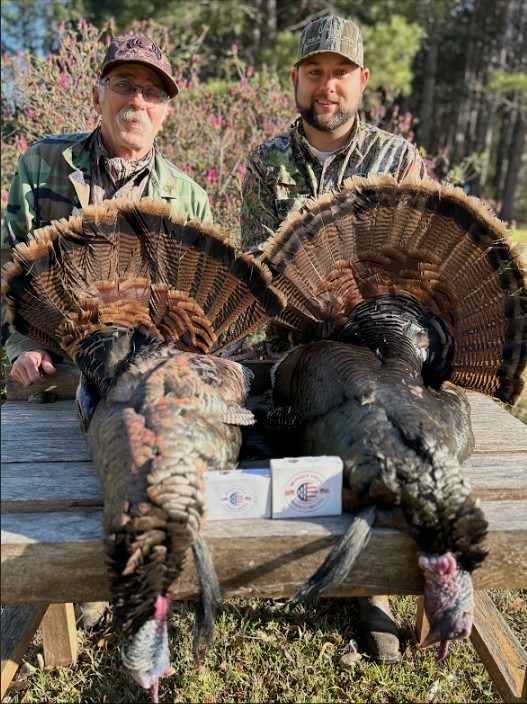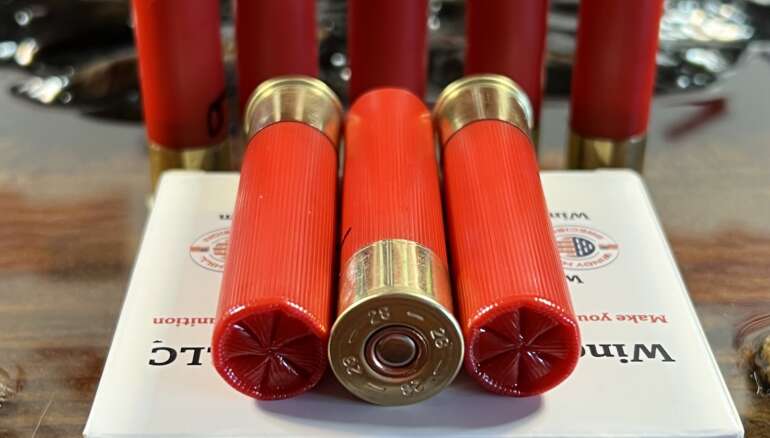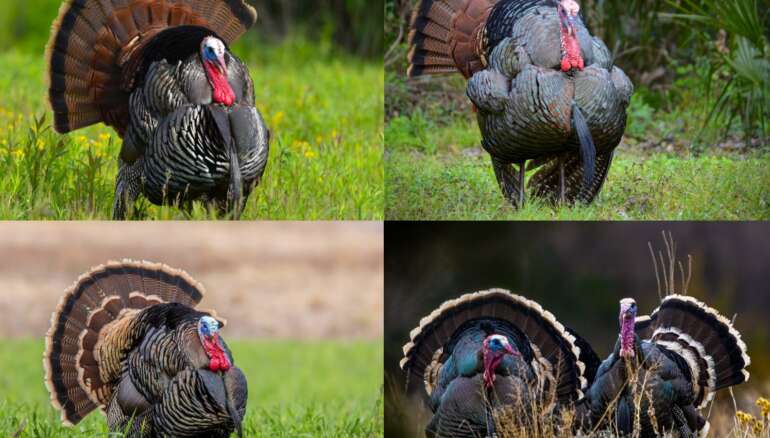Turkey hunting, a thrilling and challenging pursuit, requires skill, patience, and a good understanding of both turkey behavior and effective hunting techniques. Whether you’re a seasoned hunter or new to the sport, mastering turkey hunting involves several key elements that can enhance your success and enjoyment. In this post, we’ll explore tips, techniques, and essential gear for a successful turkey hunting experience.
Understanding Turkey Behavior
Turkeys are wary and keen-sighted birds, making them a challenging target for hunters. Understanding their behavior and habits is crucial for successful hunting:
- Roosting: Turkeys roost in trees at night and descend to feed in the morning. Identifying roosting sites can help you plan your approach for early morning hunts.
- Calling: Turkey calls mimic the sounds of hens and gobblers, attracting turkeys within range. Mastering turkey calls, such as yelps, clucks, purrs, and gobbles, is essential for luring them closer.
- Strutting: Male turkeys (gobblers) strut to attract hens during mating season. Recognizing strutting behavior can help you spot gobblers and plan your approach.
Essential Gear for Turkey Shooting
- Shotgun: A 410, 28ga, 20ga, 16ga, 12ga, or 10-gauge shotgun is typically recommended for turkey hunting with the advancement of 18g/cc Tungsten Shot in sizes 7.5, 8, 9, or 10. Choose one with a choke that’s capable of firing a nice even pattern out to 40 yards with at least 100 pellet strikes inside a 10″ circle and you will have a highly effective turkey set up.
- Ammunition: Tungsten 18g/cc shot in sizes 7.5 thru 10 will deliver dense patterns out 40 yards with minimal efforts. Tungsten tends to shoot on the tighter side compared to lead shot. Most factory supplied chokes will pattern exceptionally well.
- Camouflage: Wear full camouflage clothing, including a face mask and gloves, to blend into your surroundings and avoid detection by sharp-eyed turkeys.
- Decoys: Turkey decoys can attract gobblers within shooting range when strategically placed and used in conjunction with calling.
Tips and Techniques
- Scouting: Before the hunt, scout the area for turkey sign such as tracks, scratchings, and feathers. Use trail cameras to monitor turkey activity and identify high-traffic areas.
- Setting Up: Choose a concealed location near known roosting sites or feeding areas. Set up your decoys strategically to draw turkeys into shooting range.
- Calling: Practice turkey calls to mimic realistic turkey sounds. Start with soft calls and gradually increase volume and intensity to attract curious gobblers.
- Patience: Turkey hunting requires patience and persistence. Remain still and quiet while waiting for turkeys to approach your setup.
- Shot Placement: Aim for the turkey’s head and neck (known as the “head shot”) or the vital area just above the wing (known as the “neck shot”) for a clean, ethical kill.
- Safety: Always be aware of your surroundings and ensure a clear shot before firing. Use a turkey vest to safely carry ammunition, calls, and other gear.
Conclusion
Turkey hunting combines the thrill of the hunt with the challenge of outsmarting one of nature’s most cunning game birds. By understanding turkey behavior, using the right gear, and employing effective techniques such as calling and decoying, you can enhance your chances of a successful hunt. Remember, patience and preparation are key to enjoying a rewarding turkey hunting experience. So, gear up, practice your calls, and venture into the woods to embrace the excitement of turkey hunting season. Happy hunting!



